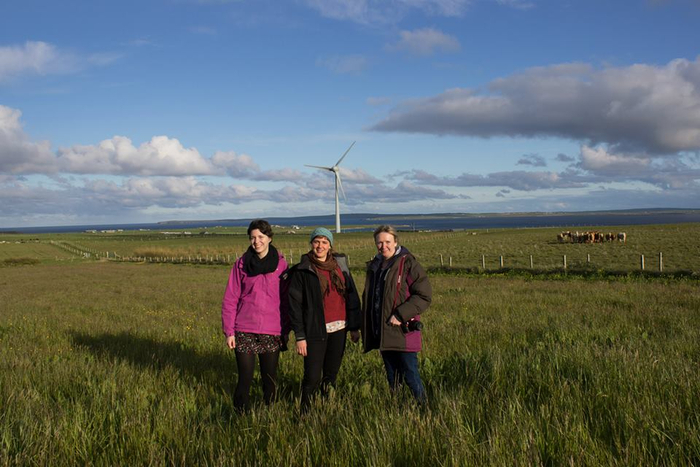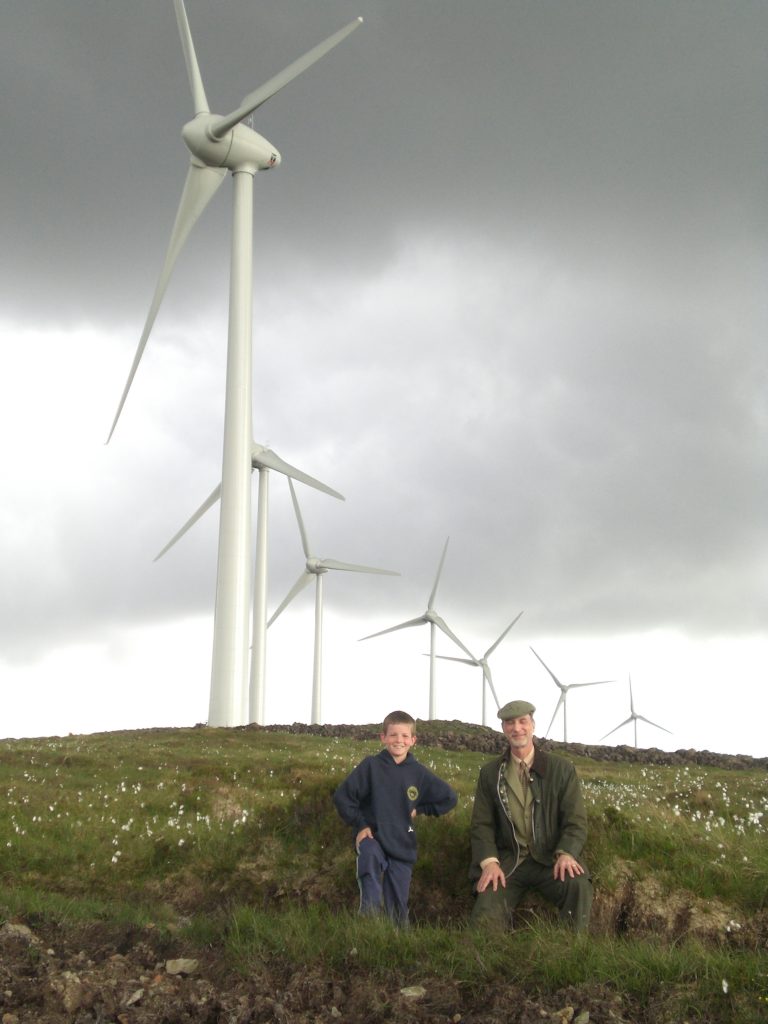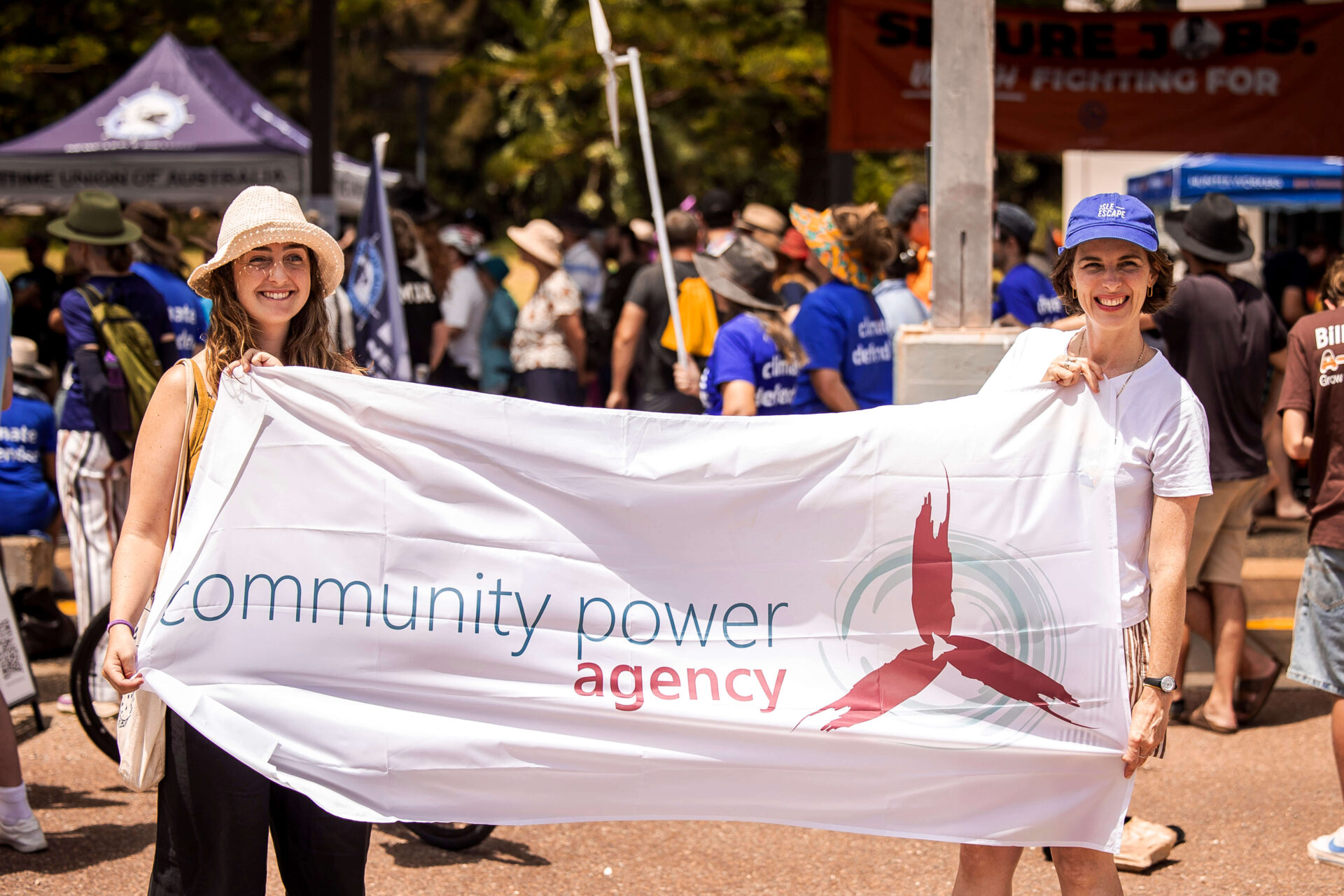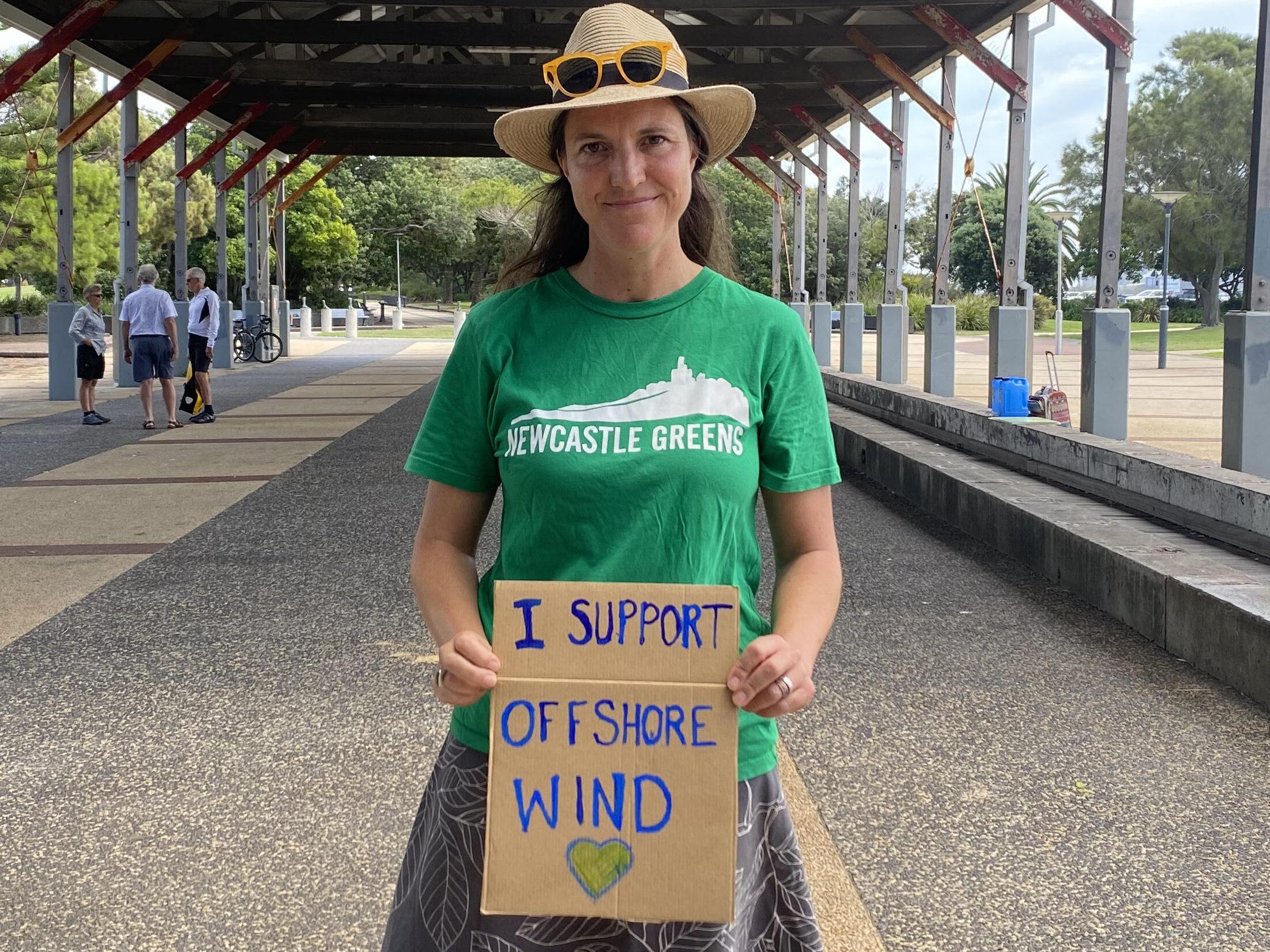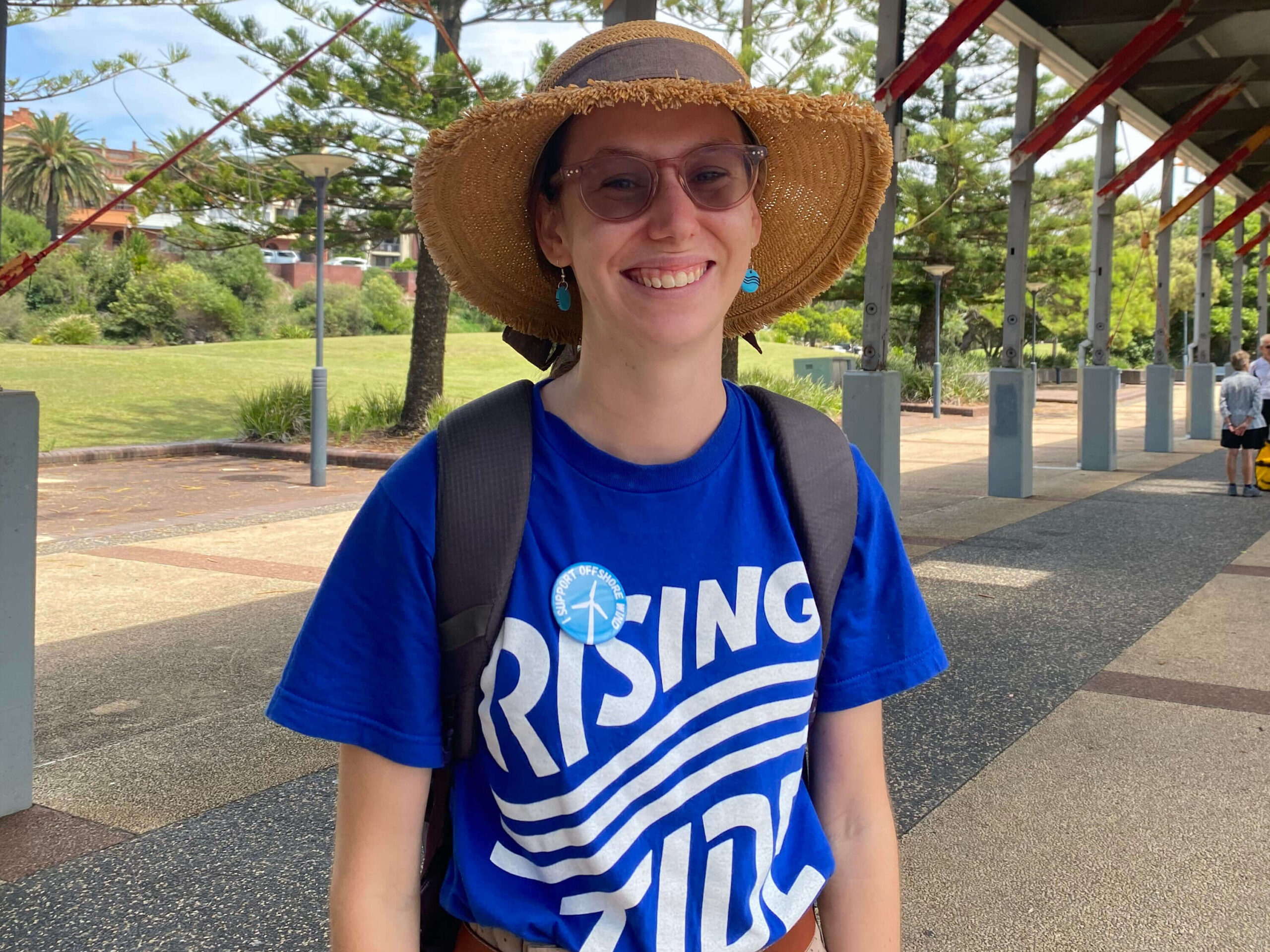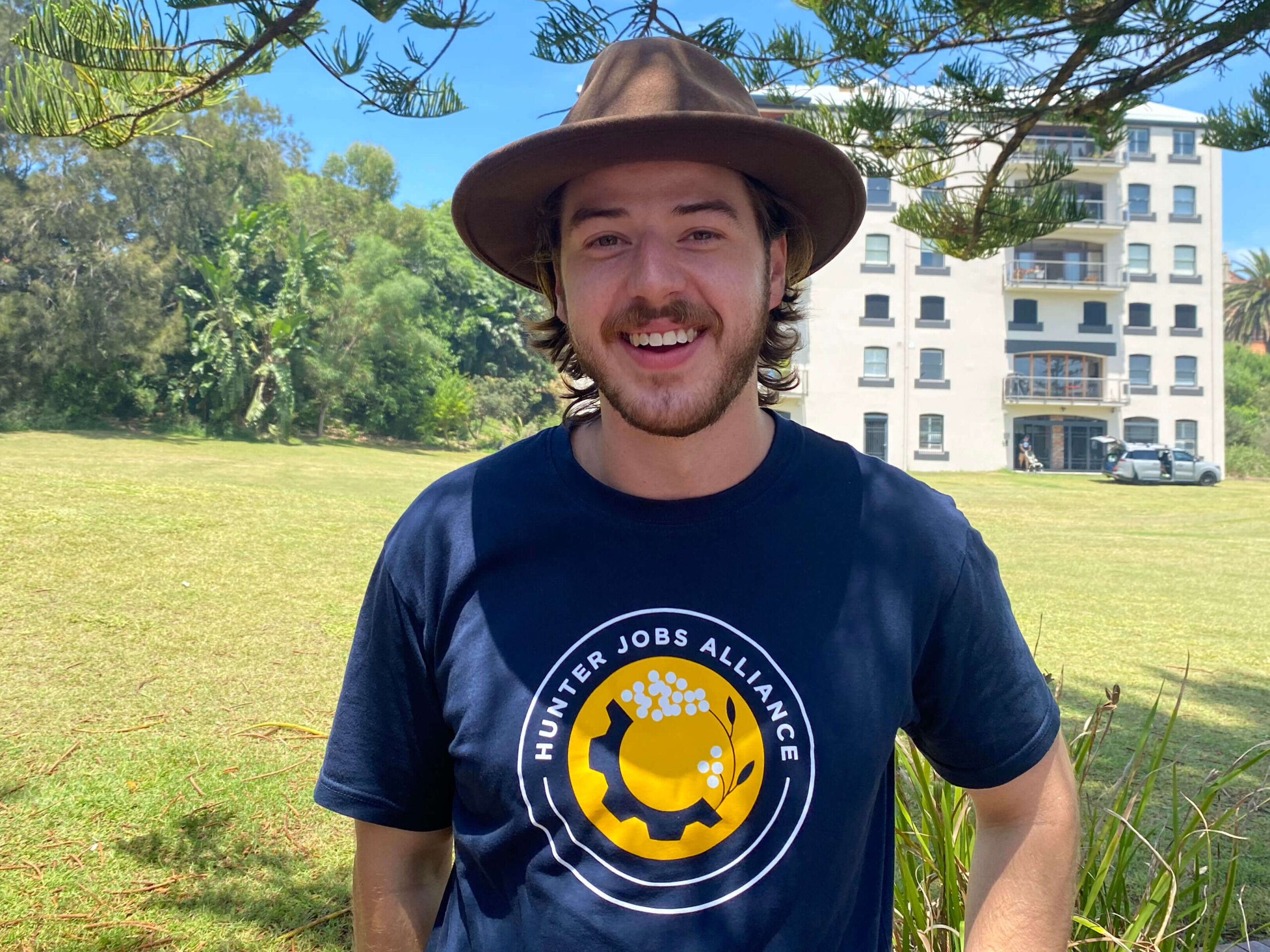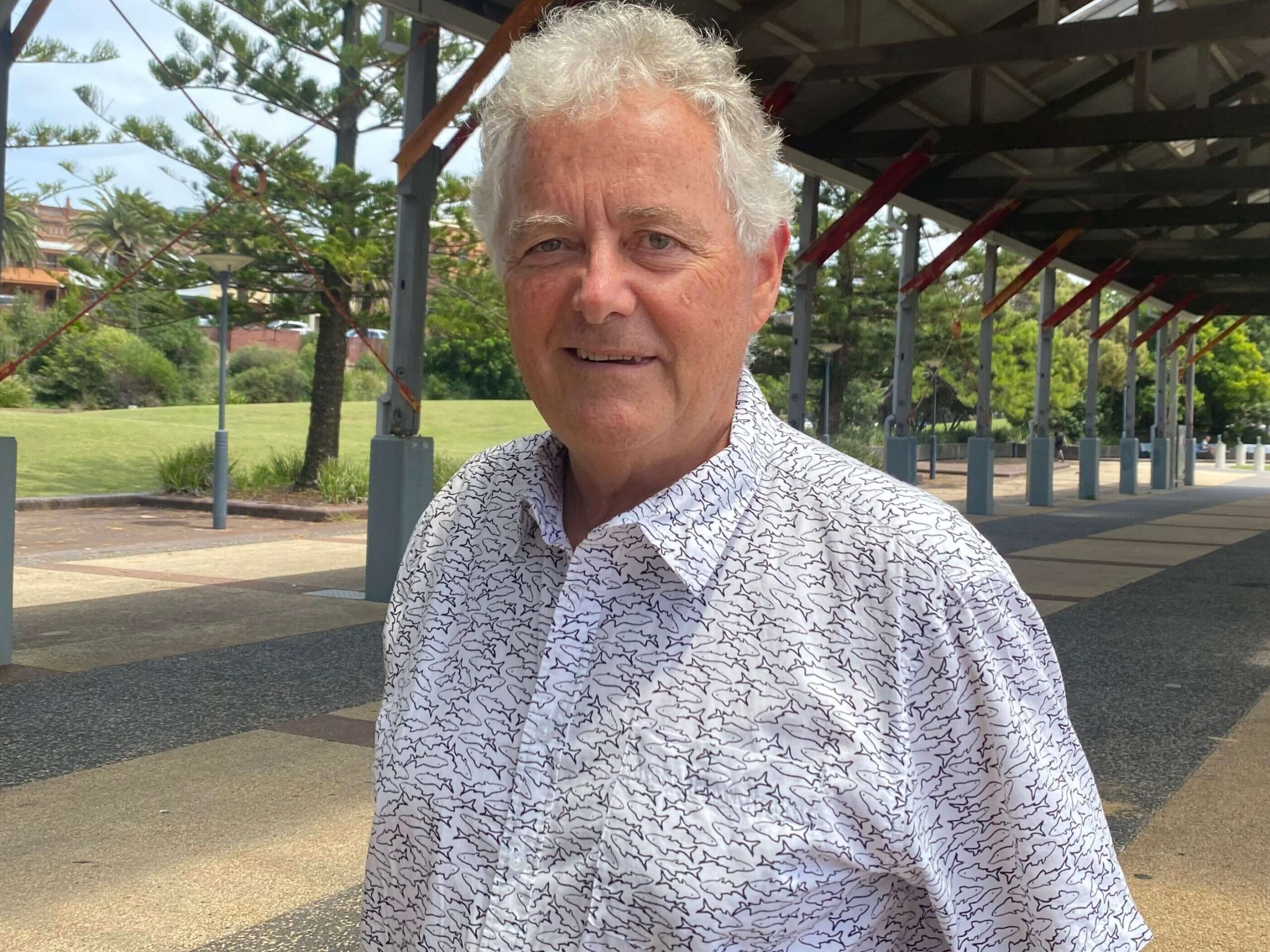Community Power Agency and RE-Alliance – two organisations working for more than a decade with regional communities hosting large-scale renewable energy projects – welcome the $22.7 billion investment committed to Australia’s renewable energy future in tonight’s budget, and call for a similar level of ambition to increase trust with regional communities who are critical partners in the transition.
$209.3 million for the Net Zero Economic Authority is also welcomed. RE-Alliance and the Community Power Agency look forward to the legislation passing soon – hopefully with an expanded remit to include all renewable energy regions – so that the Authority can start supporting regional communities as soon as possible.
RE-Alliance National Director Andrew Bray said:
“We can see a $20.7 million commitment to improving community engagement and community benefits which is really promising. We’re looking forward to continuing to work with the government to ensure that regional communities get the tools they need to tap into the benefits of hosting renewables. This is a start but we’re hopeful the government will up their ambition in building trust in the regions by the time we get to the mid-year budget update,” Mr Bray said.
“$10 million over two years, that will include delivery of public information on the net zero transition, is something we’ve been calling for and will help inform regional communities,” Mr Bray said.
“We have a once-in-a-generation opportunity to ensure that the shift to renewables delivers logical, local, long-term benefits for farmers, local councils and regional communities,” Mr Bray said.
Community Power Agency Director, Jarra Hicks, said it is now just as important that the government’s investment in infrastructure and technology is matched by funding and resourcing in building trust in the country’s shift to renewables.
“We need the government to create avenues for local participation. We need to front load the benefits for regional communities. And we need to communicate honestly about the change that is happening and what it means for regional and rural Australia,” Dr Hicks said.
RE-Alliance will host a webinar on what the budget means for renewable energy regions at 1pm on Monday 20 May 2024. Register here for details.
RE-Alliance and Community Power Agency have been speaking to government MPs and Ministers over the past six months to ensure every step is being taken to support regional communities hosting the clean energy shift – a shift that needs to accelerate rapidly this decade to secure a safe climate future.
One of the measures proposed is a federally funded network of 50 independent Local Energy Hubs in regions with large amounts of current or proposed renewable energy developments and transmission lines. This has not been funded in tonight’s budget.




